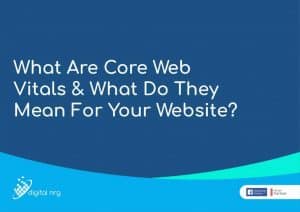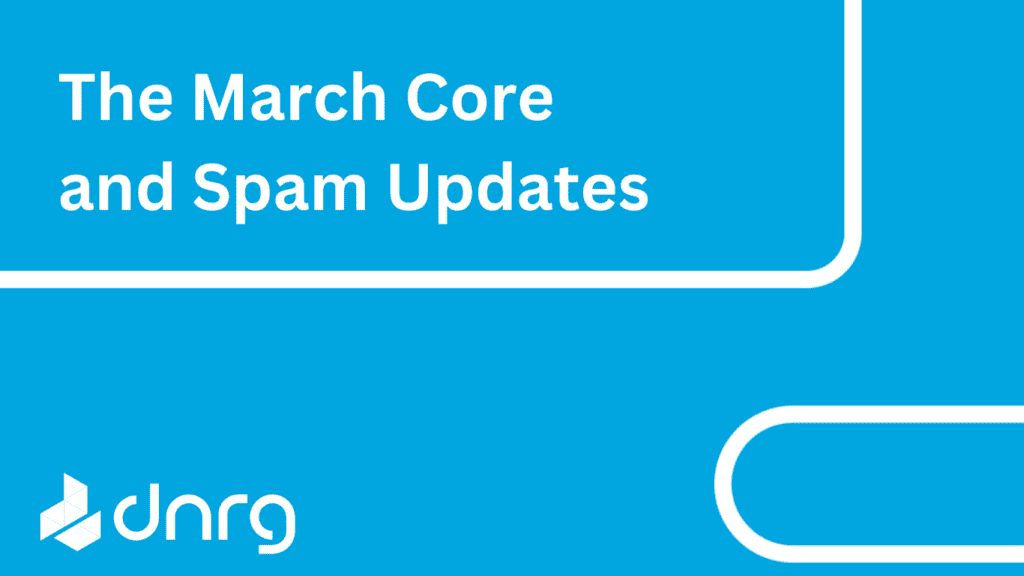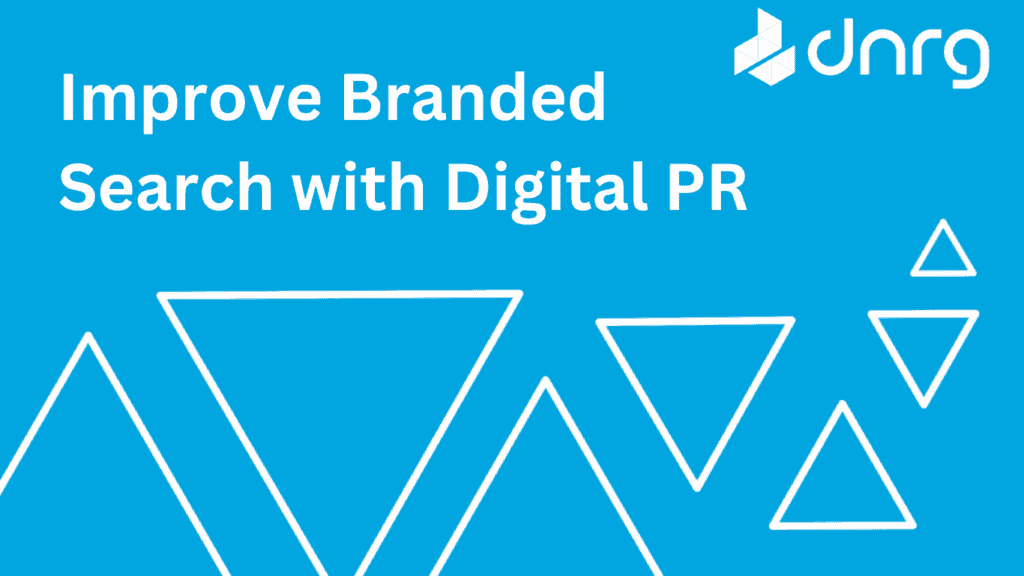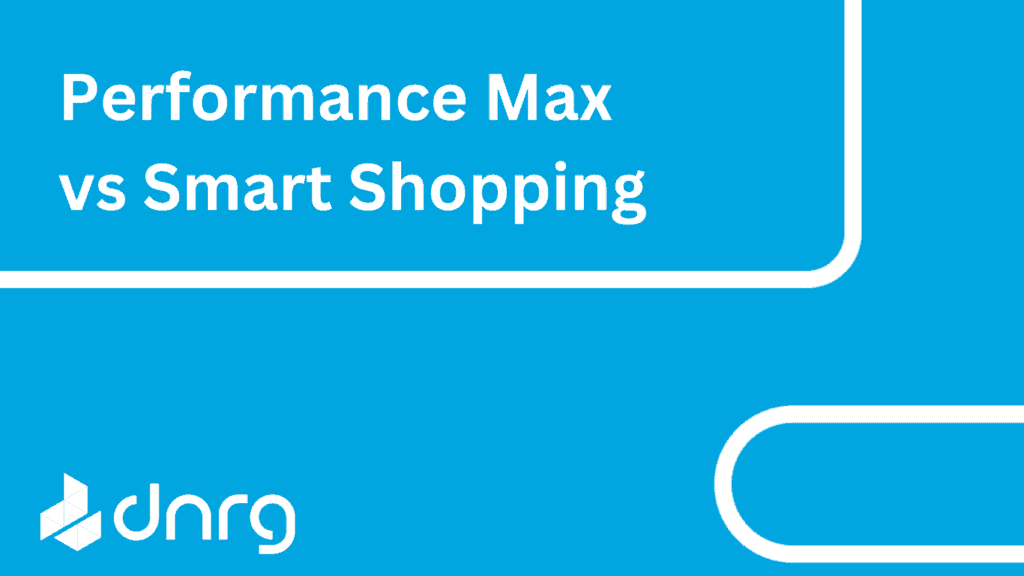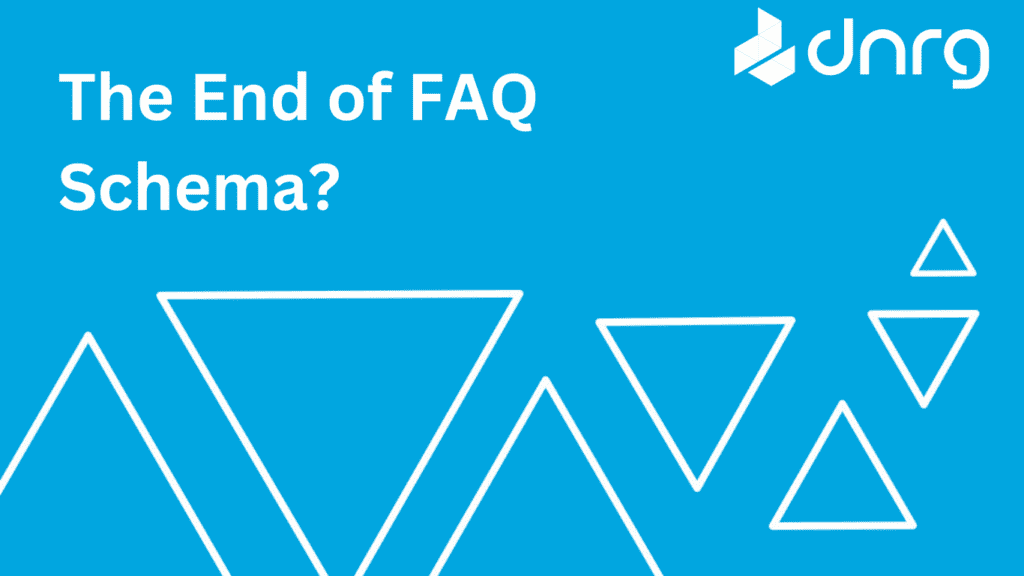What Are Core Web Vitals?
Put simply Core Web Vitals are a set of three metrics that will now be used in conjunction with the existing page experience metrics to assess how well your website performs. CWV’s focus on user experience primarily, and as we move through each of the three metrics you will see the relation between them and how a user perceives a site.
The three areas that makeup Web Core Vitals are:
Measured using Largest Contentful Paint (LCP)
The longer you have to wait for something to load the more impatient you become. LCP is not the same as site speed, which is a measure of the overall load time of the site. Instead, it measures how long the largest image or piece of content takes to load. This only includes content you can see without scrolling.
For example, if you were serving a large hero image above the fold you would expect that to be measured when Google uses Largest Contentful Paint. The longer that your image takes to long the longer a user will have to wait to see it.
What’s a good score for Largest Contentful Paint?
We will circle back to the nature of ‘good’ later on in the article. However, as a guide when you run your site through Page Speed Insights the tool will score you as follows:
- Good (Green) – An LCP of 0-2.5s
- Average (Orange) – An LCP between 2.5-4s
- Poor (Red) – An LCP of more than 4s
Measured using First Input Delay (FID)
A website loads and you see what you want straight away. You click the link to move on to the next page but their site doesn’t move you to where you want to go. There are numerous reasons this can happen, but one that Google is focussed on is First Input Delay. That is how long from click it takes for your website to react.
Imagine the start of a 100-meter race. When the starting gun is fired the time it takes for the runners to move off the blocks is effectively the FID, so the actual time it takes to finish running isn’t what we care about just the reaction off the line. The longer the delay the worse the performance, simple!
What’s a good score for First Input Delay?
- Good (Green) – An FID of 0-100ms
- Average (Orange) – An FID between 100-300ms
- Poor (Red) – An FID of more than 300ms
Measured using Cumulative Layout Shift (CLS)
You load up a website and then see something that interests you. As your finger hovers over the screen the page shifts and you end up clicking on the wrong link. Infuriating isn’t it? Cumulative Layout Shift measures this change as a website loads, and measures how much content moves throughout the page view.
While simple to understand CLS gets more complicated when it comes to scoring via Google’s tools. Instead of being based on one metric, as with Loading and Interactivity, it’s based on multiple readings taken while on site. The CLS score is aggregated from these checks to give your page a value.
What’s a good score for Cumulative Layout Shift?
- Good (Green) – A CLS of 0-0.1
- Average (Orange) – A CLS of 0.1-0.25
- Poor (Red) – A CLS of over 0.25
What Does This Mean For Your Site’s SEO?
The addition of Core Web Vitals gives another confirmed ranking factor that can be focussed on to improve your site’s performance.
The primary impact will be felt on organic rankings, and in particular for non-brand and blog post terms. If your site’s SEO performance is largely based on these factors then it’s likely you will need to review your Core Web Vitals immediately as the transition to these new benchmarks begins.
The real challenge that CWV presents is the application of positive changes to your site. Improvements for what is largely an SEO benchmark will all need to be actioned by your developers in all likelihood, so a strong internal dynamic between the two teams will help you action changes more effectively.
At DNRG the SEO and Web teams have been working together on a solution for sites we’ve developed and host. This streamlined approach has given our SEO team the knowledge on how to make common-sense changes to improve the CWV scores on multiple sites. Utilising the flexibility of our WordPress builds we’re using optimised versions of popular plugins that are designed specifically to improve user performance.
What Does This Mean For Your Site’s PPC?
While the Core Web Vitals update is less urgent with regards to your current paid search campaigns, improvements will be beneficial. Optimisations to your CWV can factor into building your Quality Score, which in turn can make bidding on the same terms cheaper.
It’s important to note there are multiple factors that make up your quality score, including the quality of your ad copy and expected click-through rate. Therefore focusing just on improving Core Web Vitals will likely not yield you significant benefits in most cases.
Where it can be useful is in larger scale PPC campaigns, where saving pennies on CPC can quickly add up to a tangible improvement. In addition, if you find your ad copy and CTR are both at a high level then the next logical progression may be to improve your landing page experience including Core Web Vitals.
What Does This Mean For Your Site’s Paid Social?
Facebook doesn’t currently assess your website quality, so CWV won’t have an impact on your adverts or budgets. One thing you will want to be aware of is the Facebook Pixel on your site, and it functions as expected.
Often as part of top-level changes to the site, many out of the box Core Web Vitals solutions will defer third-party scripts, in the case of the Facebook Pixel, this can cause you issues when tracking your campaigns. Always check all tracking is firing correctly after making adjustments.
What Can I Do Now To Prepare For Core Web Vitals?
The first thing you can do is understand your current site’s performance by using the Page Speed Insights tool. It’s important to run the tool multiple times and at different times of the day to ensure your results are consistent. From there focus on the three CWV metrics and get a sense of how you are performing currently.
You can also use the Web Core Vitals section of your site’s Search Console, found under Enhancements. This can be helpful to cut straight to the core of the issues that appear on your site, with some examples. Where this falls down is that the tool will not always tell you all pages that are failing.
From there what you do next will vary hugely, based on your results and the build of your site. It’s important that developers take the lead on any improvements, and if you are building a new site to lead with Core Web Vitals first. There are numerous solutions that can be configured to your specific set up to improve your score.
Are Core Web Vitals A Good Thing?
End Users
A final thought on what Core Web Vitals mean for end users, businesses, digital marketers and Google. As something that will dominate the online space this year when talking about websites consider, are Core Web Vitals a good thing for the industry?
Experience is huge for the end-user. How pleasurable a site is to use has a lot of synergy to the three CWV metrics. Improving your website’s score may seem arbitrary but it’s extremely likely that it will improve the enjoyment of browsing for customers.
Core Web Vitals are restrictive, however, and it remains to be seen if the industry shifting so much focus to 3 metrics is truly beneficial. There is a risk that other areas that are crucial to the end-user, such as mobile experience, get pushed to the back of the queue for the latest Google suggestion.
Verdict: Largely Beneficial
Businesses
Decent guidance from Google is rare, so the specifics of Core Web Vitals help cut to the specifics of what they consider important. However businesses have a lot to manage within their digital identity, and Google turning CWV into the latest ‘Golden Goose’ to chase may have severe drawbacks if changes aren’t considered as part of a full strategy.
A business would do well to calmly plan changes to Core Web Vitals into the coming months, and understand just how impactful those improvements can be. For example, if you currently operate largely as a brand name, with little non-brand traffic, then CWV will likely have little impact.
For larger businesses, these changes make a good deal of sense and therefore embracing optimisation sooner rather than later is important.
Verdict: Uncertain
Digital Marketers
There are without a doubt a lot of ranking factors for a website. In fact, Backlinko gives over 200 in their excellent article so what does the introduction of Core Web Vitals mean for marketers? It’s likely to have mixed results, with more success seen with larger, more legacy clients where incremental gains show impact. For more localised businesses the effect of CWV is yet to be seen and is more doubtful.
Historically SEO is a huge jigsaw, and while some pieces are smaller and less important they all make up the big picture. For internal digital marketers pouring focus into these new metrics will likely not yield much in the way of positive results at all. The time and skill needed will detract from other key areas of digital.
At agency level embracing CWV will be more positive, as having expertise in-house will allow large scale changes to happen more quickly. Access to an internal development and SEO team means the challenges of discovery, research and applying changes can be spread to those that are experts in each field.
Verdict: Mixed
Worldwide Google’s estimated market share of search is crazy, in February 2021 it was marked as around 92%. This share means whatever Google wants to push as a rule becomes a rule for all websites online.
Pessimistically Core Web Vitals can be seen as a form of control for websites enforced by Google. While there are undoubtedly end-user benefits to what the new measurements look like there’s pretend that any such announcements are not premeditated. They only tell us what they want to.
A key example of this is link building as part of SEO, numerous Google talks and blogs downplay down the impact of this essential part of marketing. So much so that even Search Engineland suggests you ignore Google’s guidelines for what works instead. Can you trust everything they tell you when they benefit so much?
Core Web Vitals could be an early sign that one day Google would like all sites to run on AMP (Accelerated Mobile Pages). You’ve already seen news sites being forced to adopt this format of quick results, where Google essentially hosts a cut down version of the page. This allows them to host their own adverts and restrict features on pages that they don’t like. A Kinsta case study found leads dropped by 59% when using this feature, so what’s great for Google isn’t always great for businesses.
If sites can’t keep up with the ever-changing landscape of Google’s changes then the answer is simple. Can’t keep up with us? Let us take control of everything for you. Expect AMP to continue to be pushed and Core Web Vitals to include additional complicated metrics in the future.
Verdict: Hugely Beneficial
Confused? Overwhelmed? We can help
Google updates and what they mean can be a minefield. For a business owner running a company, all these updates can seem like too much to manage. If you feel like you need guidance for your website we can help.
Ahead of May 2021, we have already developed solutions to Core Web Vitals, and you will find most DNRG sites are optimised to their full potential. Worried your site will be left behind? Get in touch today for free advice on how to prepare yourself.
Still need help? Let us enhance your digital landscape
As a leading digital marketing agency in Bristol, we are proud to serve businesses of all sizes in getting them converting online. We are one of few Google Premier Partners and Facebook Partners in the UK, with numerous industry partnerships that can help enhance your performance across a range of channels, including SEO, PPC, Paid Social and Web Development to name but a few. If you’d like to know more about what we can do to help you simply get in touch today.
